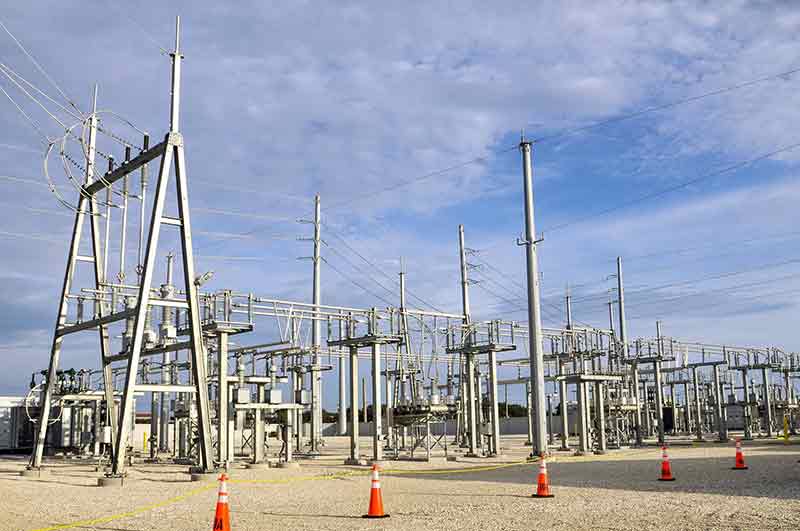Now that we’re all spending more time at home, working there and having students doing remote studying, we need to be mindful of increased home energy use.
Conserve consumption by turning off lights, washing clothes in cold water and unplugging electronics, small appliances and game consoles when they’re not in use.
Here’s a list of tips from Kissimmee Utility Authority, going through your house room by room in order to reduce home energy costs in this time of increasing financial hardships facing families and businesses.
* Lower the brightness on all TV screens.
* Use energy-saving features that may be available on your electronic devices.
* Plug all personal electronics in a power strip and turn off the power strip when devices are not in use.
* When streaming content, choose the smallest device that makes sense for the number of people watching. Avoid streaming on game consoles, which use 10 times more power than streaming through a tablet or laptop.
* Always be sure to turn off lights, fans and electronics when you leave the room.
Bathroom
* Check the temperature on your water heater and set it to 120 degrees. The Department of Energy estimates that a heater set at 140 degrees or higher can waste up to $60 annually in standby heat losses to keep water hot.
* Turn off the water heater at the circuit breaker when you’re finished with your daily activities that involve hot water. Then turn it back on one hour before you need it again. The stored water will stay hot for up to 24 hours.
* Turn off exhaust fan 15 minutes after your shower.
Laundry Room
* Use cold water in your clothes washer. Most newer washers are designed for cold water.
* Throw a few tennis balls into the dryer with your load to reduce drying time.
* If dryer has an auto dry option (moisture sensing), use that option instead of timed dry.
* Clean the lint trap between loads—this improves air circulation and increases the efficiency of the dryer.
* Dust off the top of your refrigerator and coils to keep it running efficiently and cool.
* Cover liquids and wrap foods stored in the refrigerator. Uncovered foods release moisture and make the compressor work harder.
* Don’t open the oven door while food is cooking. You can lose up to 50 degrees in temperature and waste energy.
* Cover pots when cooking and cook by time and temperature guides.
* Cook several meals at the same time.
* Use small appliances such as toaster ovens, electric pressure cookers, microwave ovens, or convection ovens for small meals rather than your large stove or oven. They will save energy and can save on cooling costs because they generate less heat.
* Run the dishwasher only when you have enough dirty dishes accumulated for a full load.
* Turn off your dishwasher’s dry cycle and let your dishes air dry.
General Household
* Set the air conditioning thermostat on the highest comfortable setting (KUA recommends 78-80 degrees, and no higher than 84), especially in rooms with cathedral ceilings where hot air has more room to rise. Raising the temperature just two degrees can reduce cooling costs by as much as five percent. This is the single most important step in saving energy.
* If your home has two units (upstairs and downstairs), raise the temperature on the thermostat to 84 degrees in areas not occupied.
* Upgrade your bedroom lighting to ENERGY STAR certified LED bulbs, which use 70-90 percent less energy than standard bulbs.
* Change or clean air conditioner filters monthly. Dirty filters can increase operating costs by 20 percent.
* Use ceiling and portable fans, while in the room, to keep air moving and make the area feel cooler. Fans only use about as much energy as a light bulb.
* Close blinds, drapes and shades during the hottest part of the day. This keeps the sun’s rays from heating a house.


















